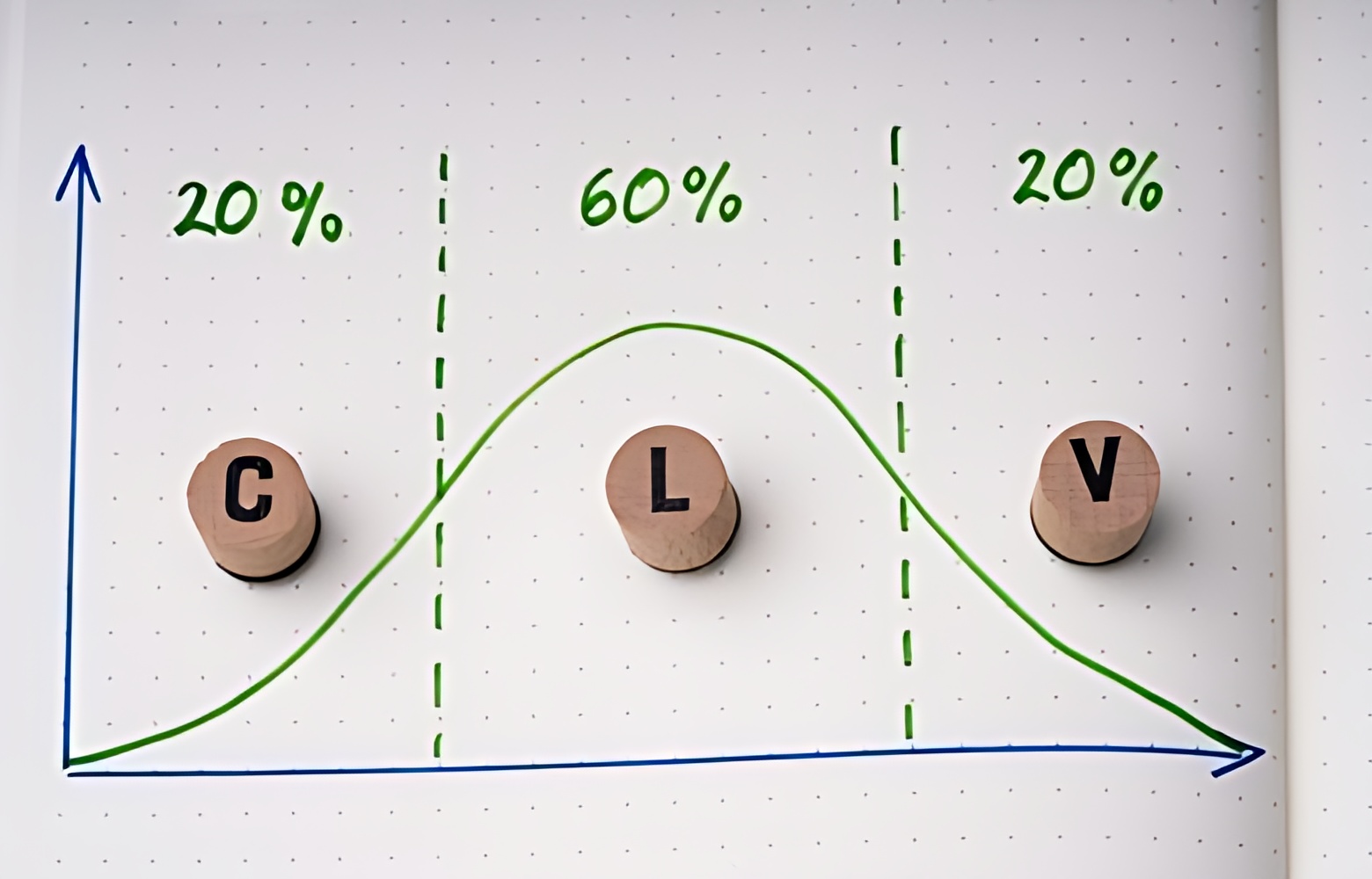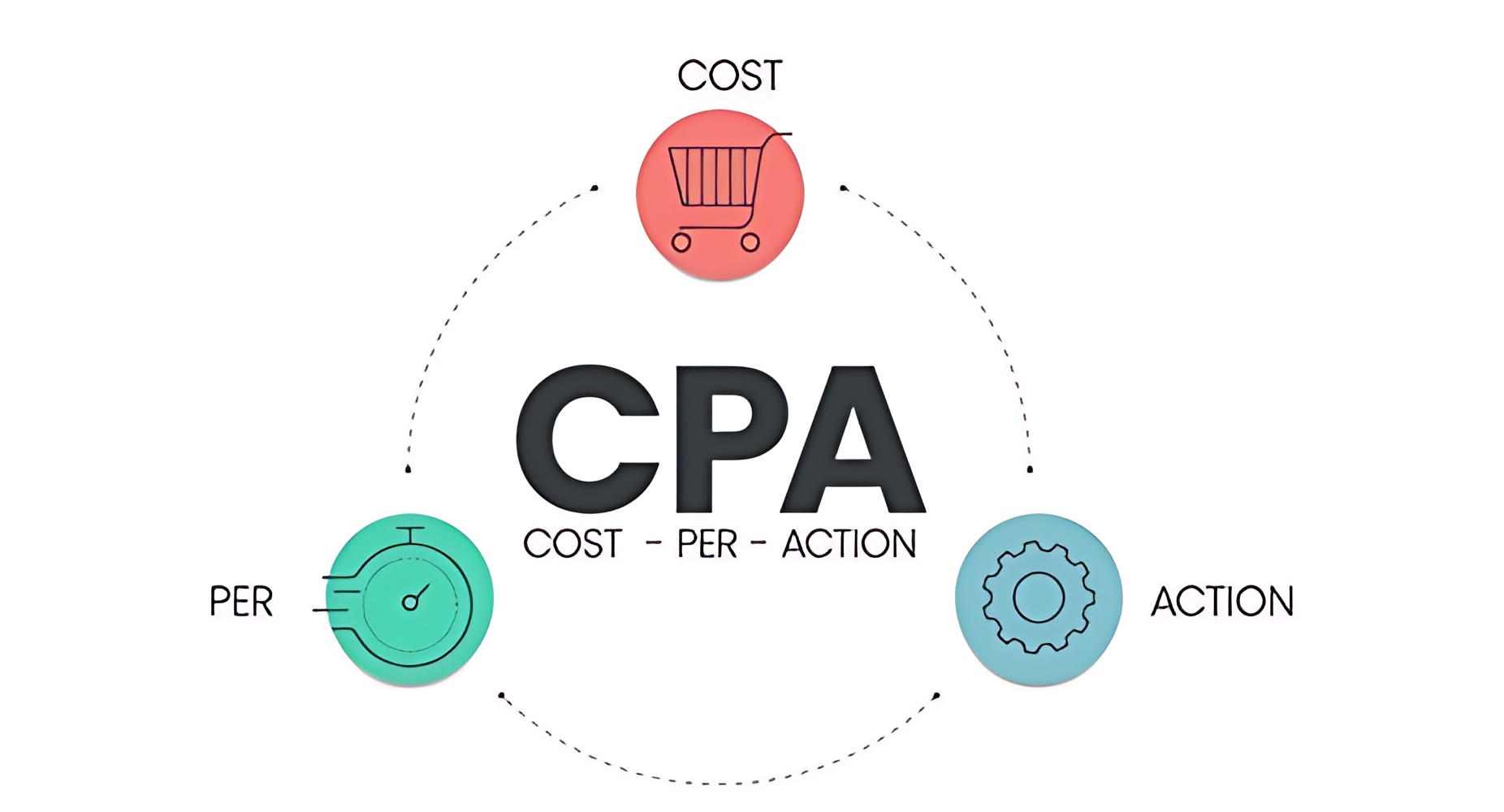Subscription Billing Insights—Your Key to Sustainable Revenue Growth
Today, every business needs to monitor customer data. This data is considered a treasure for businesses. With the right tools, one can easily identify how the business performed in previous years and what needs to be done in the future. This is called data analysis. Many automated systems and software are available for data analysis.
When going into the realm of subscription-based businesses, the significance of customer data analysis amplifies twofold. Subscription businesses not only have to acquire customers but also they need to retain their existing customers.
In this article, we are going to tell you about how subscription billing insights help businesses retain their revenue growth.
The Rise of Subscription Billing Models
Today, many businesses have shifted to the subscription business model. Even businesses that, at first glance, might seem an unlikely fit for subscription models are now embracing this innovative approach. What was formerly primarily limited to periodicals and newspapers has expanded into a wide range of industries, spanning anything from meal packages and personal care goods to streaming services and software subscriptions.

The appeal of subscriptions rests in their capacity to offer customers convenience, customized experiences, and recurring value, all while giving businesses a reliable revenue stream and the chance to build long-lasting partnerships. Subscription models have become a crucial driver in the shifting landscape of consumer preferences and market dynamics as customers favor access over ownership more and more.
The Role of Billing Insights
Coming back to the billing insights for subscription businesses, they are based on customer data: customer orders, payments, transactions, etc. One of the many reasons that businesses are trying to enter the subscription business market is data analysis. For instance, monthly recurring revenue (MRR) and annual recurring revenue (ARR) are the KPIs that are very important for any subscription business.
These KPIs are closely linked with the billing process. If billing is done correctly, then invoices will be sent in time. If invoices are received by the customer side timely, then they will pay you subscription charges before the due date. That’s how these payments become the part of recurring revenue stream, and KPIs like ARR and MRR are based on this complete data.

Automated subscription management platforms analyze customer data and offer you customer insights in the form of various KPIs (there are a lot more than MRR and ARR) that show the complete overview of the business’s health.
Types of Subscription Billing Insights
Now, you need to know the types of billing insights that play a role in telling you the business health. Here, we enlist them for you:
1. Churn Rate
The churn rate identifies the customers who have left your product or services. It is one of the most important subscription billing insights. When retailers fail to bill customers rightly, mistakes in billing infuriate customers and they tend to leave.
2. Customer Lifetime Value (CLV)
CLV shows the overall benefit and total revenue that the customer did for your business. It includes not only the monetary benefit but also referrals and good feedback that can encourage more customers to get on board.

3. Usage Patterns
The analysis of customer data also shows how a customer uses your product or services, what he likes in your offerings, and what not. This, in the end, plays a role in offering customers personalized products. For instance, if an eCommerce platform offers subscription boxes, they will monitor their data to find how customers behave towards their product. Next time, a personalized box can make these same customers happy. The chances of customer retention will increase.
4. Revenue Trends
Coming towards trends of revenue. Sometimes, recurring revenue for subscription businesses can decrease dramatically. To find the reasons, one must look into statistics and customer data. Also, sometimes, things go the other way. Revenue increases dramatically. For instance, when there are festivities, sales increase. Monitoring of data can tell retailers how to prepare for the next sales season.
5. Pricing Optimization
Evaluating the effectiveness of different pricing strategies and their impact on revenue is called price optimization. When you are optimizing the pricing, you need to see how customers behave on different prices that you offer. In the SaaS industry, there is a margin that you can change prices, then opt for the range of pricing that suits your business the best.
6. Customer Acquisition Cost
The next KPI is the customer acquisition cost. Retailers need to monitor how much they can spend on the acquisition of customers. Also, the money that you decide to spend on the acquisition of customers can change from time to time. It will depend on the health of your business. If you are doing well in your business, then acquisition costs can be increased so that you can strive to acquire more customers. Likewise, the acquisition cost can decrease if situations are otherwise.

7. Customer Segmentation
Based on the customer data, you can segment your customers from the beginning. Segments help you offer different groups of customers different subscription plans that they would love. For instance, platforms offering streaming services offer different pricing plans. Now, on the subscriber side, those who use mobile phones will opt for the subscription plan that is best for their mobile screen. However, those who watch streaming services in home cinemas will choose their subscription plan accordingly.
8. Customer Feedback Analysis
Customers are always given the liberty to share their feedback regarding the products or services that they try out. However, software can be used to filter out and extract information from this feedback. For many businesses, customer feedback is not a metric or a KPI to see the business performance, but we believe nothing can help you more than customer feedback to make your product the perfect fit for those whom you sell. There are tools that retailers can use to turn this feedback into a KPI that will start showing them how they are performing in the context of customer feedback.
Final Thoughts
So, these are the KPIs from which you can extract insights that will become a guiding light to perform better in the future and increase recurring revenue. However, if you opt for automatic billing for small businesses and large enterprises, then you can get useful insights. Use these insights to stay competitive in the market.









